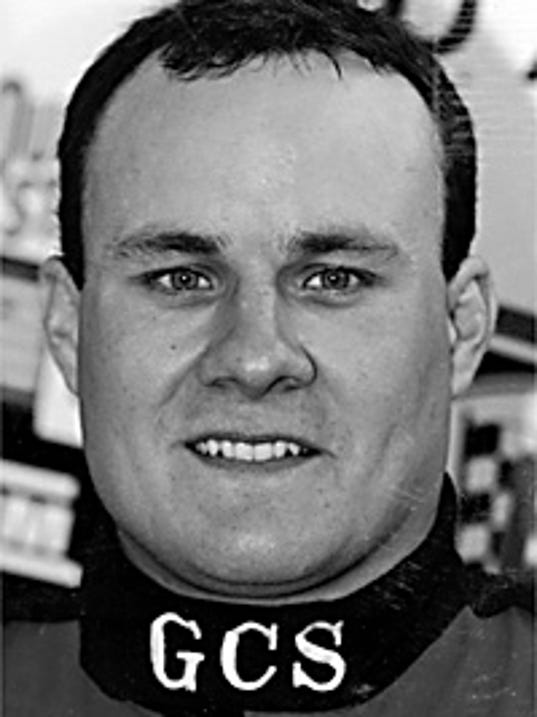September 30, 1997
Max Verstappen
(Photo; redbull.com)
Born in Hasselt, Belgium.
He is a Belgian-Dutch racing driver who competes under the Dutch flag in Formula One with Red Bull Racing. Aged 17 years, 166 days, he became the youngest driver to compete in Formula 1 at the 2015 Australian Grand Prix for Scuderia Toro Rosso. He is also the youngest driver to lead a lap during a Formula One Grand Prix, youngest driver to set the fastest lap during a Formula One Grand Prix, youngest driver to score points, youngest driver to secure a podium and youngest Formula One Grand Prix winner in history.
After spending the entire 2015 season with Scuderia Toro Rosso, he started his 2016 campaign with the Italian team, before being promoted by Red Bull Racing as a replacement for Daniil Kvyat, who took over his seat at Toro Rosso. He won the 2016 Spanish Grand Prix in his debut race for Red Bull Racing at the age of 18, becoming the youngest-ever winner of a Grand Prix and the first racing under the Dutch flag. He is the son of former Formula One driver Jos Verstappen.
This Day In Motorsport History - Home Page
After spending the entire 2015 season with Scuderia Toro Rosso, he started his 2016 campaign with the Italian team, before being promoted by Red Bull Racing as a replacement for Daniil Kvyat, who took over his seat at Toro Rosso. He won the 2016 Spanish Grand Prix in his debut race for Red Bull Racing at the age of 18, becoming the youngest-ever winner of a Grand Prix and the first racing under the Dutch flag. He is the son of former Formula One driver Jos Verstappen.
This Day In Motorsport History - Home Page




















.jpg/250px-Henry_Segrave_at_the_1921_French_Grand_Prix_(cropped).jpg)



